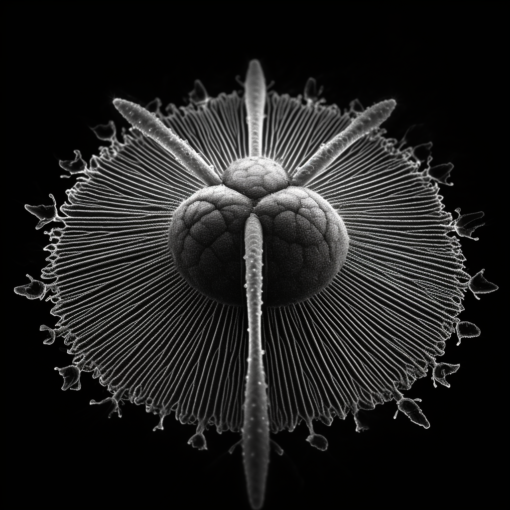Hello there, dear readers. It’s your favorite intellectual recluse, Percival Q. Higginbottom, ready to take you on yet another journey. This time, however, we’re not delving into the depths of the ocean or the intricacies of a chessboard. No, today we’re venturing far beyond the Earth’s atmosphere, into the vast, uncharted expanse of our universe. Our focus? The enchanting science of stardust.
Remember the famous quote by Carl Sagan, “We are made of star stuff”? It’s not just a poetic assertion; it’s a scientifically validated truth. Nearly every element on Earth was formed at the heart of a star. After a star has burned the last of its hydrogen fuel, it expands and becomes a red giant. During this phase, it begins to produce heavier elements such as carbon, nitrogen, and oxygen. Eventually, the star explodes in a spectacular supernova, scattering these elements across the cosmos. These remnants, or ‘stardust’, eventually form new stars, planets, and yes, even life.
This means that the iron in your blood, the calcium in your bones, and the oxygen you breathe all have cosmic origins. We truly are children of the stars, a fact that imbues our existence with a sense of awe and wonder. It also provides a humbling perspective on our place in the universe. We are but tiny specks in the grand cosmic scheme, transient beings on a tiny blue dot in the vast cosmic ocean.
In the words of Neil deGrasse Tyson, “Recognize that the very molecules that make up your body, the atoms that construct the molecules, are traceable to the crucibles that were once the centers of high mass stars that exploded their chemically rich guts into the galaxy, enriching pristine gas clouds with the chemistry of life.”
Isn’t it fascinating, dear reader, to understand our deep cosmic connection? As we look up at the night sky, we are, in essence, gazing upon our own ancestral origins. It’s a profound realization that can instill in us a greater sense of unity and interconnectedness, not just with each other, but with the universe itself.
So, the next time you gaze at the night sky, remember, you’re not just a bystander in this cosmic dance. You, dear reader, are an intrinsic part of it. You are a child of the cosmos, a being of stardust.
Until next time, gaze upon the stars with wonder, for they are a part of us, as we are a part of them.

- “We Are All Stardust” – An article from the Astronomical Society of the Pacific that offers a comprehensive introduction to the topic.
- “From Stardust to Us” – An insightful piece from PBS NOVA exploring the journey of stardust and the formation of planets.
- “The Life and Death of Stars” – A NASA page detailing the life cycle of stars, from their formation to their eventual demise and transformation into stardust.
- “Cosmic Chemistry: The Fact That You’re Made of Stardust” – A Chemistry World article delving into the chemical aspect of stardust and how it contributes to life.
- “Cosmic Recipe for Earthlings” – A YouTube video from Neil deGrasse Tyson’s StarTalk, discussing the cosmic recipe for Earthlings.
Remember, the universe is a vast and wondrous place, always inviting us to learn more. Happy exploring, dear reader!





7 thoughts on “The Serene Science of Stardust: Unraveling the Cosmic Origins of Our Existence”
Your article helped me a lot, is there any more related content? Thanks!
Can you be more specific about the content of your article? After reading it, I still have some doubts. Hope you can help me.
Can you be more specific about the content of your article? After reading it, I still have some doubts. Hope you can help me.
Thanks for sharing. I read many of your blog posts, cool, your blog is very good. binance
Thank you for your sharing. I am worried that I lack creative ideas. It is your article that makes me full of hope. Thank you. But, I have a question, can you help me?
Thank you for your shening. I am worried that I lack creative ideas. It is your enticle that makes me full of hope. Thank you. But, I have a question, can you help me?
Can you be more specific about the content of your article? After reading it, I still have some doubts. Hope you can help me.